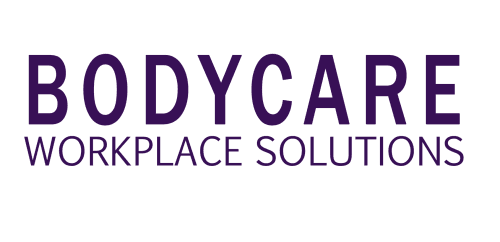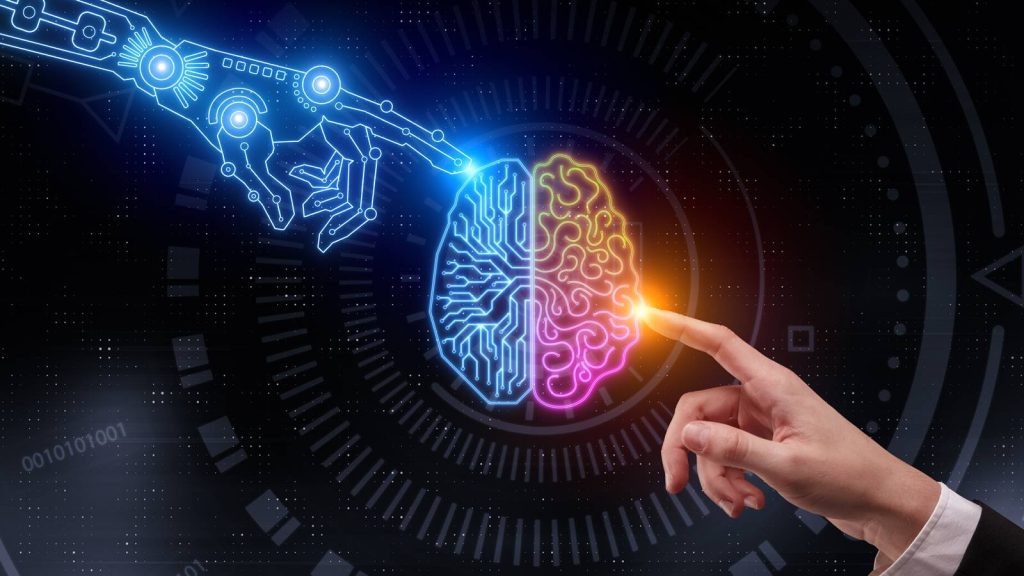
Leveraging artificial intelligence to improve occupational health outcomes
Nowadays, it seems like everyone is talking about artificial intelligence (AI), and with good reason. Not only is AI assisting with research, communications, and medical technology; but it is also poised to become a valuable tool for improving occupational health outcomes.
AI is especially relevant to pre-employment health assessments where AI-driven solutions can help reduce waiting times for a clinic appointment, access to results, or for an application outcome.
Furthermore, AI tools can also mitigate risks, reduce burnout, and boost productivity. In this article, learn about how AI could improve workplace safety procedures and the best steps to take when implementing it.
What is AI?
Artificial intelligence is what it sounds like – the intelligence of machines or software, as opposed to humans. It also refers to the related field of study in computer science or may refer to the actual machines themselves.
What is the role of AI in occupational health?
In 2021-22, there were 14.1 million people who had worked at some time during the last twelve months in Australia. Within this group, 497,300 people experienced a work-related injury or illness during that period.[1]
As such, Australian businesses are now looking to AI to help with improving workplace safety and finding the best candidates for each role. From improving safety monitoring to keeping employees away from hazardous tasks, there are many ways in which AI can help produce better and safer outcomes in the workplace.
Some of these include:
- AI-powered assessments that can analyse candidate and/or worker movements to determine fitness and/or identify potential issues (e.g., office ergonomics assessments).
- Algorithms that assist health and safety employees to collaborate and interpret complex risk data and make informed safety recommendations.
- Wearable devices and sensors that monitor worker health in real-time and can detect potential health concerns prior to injuries occurring.
What are some tips for implementing AI into my workplace?
It can be difficult for employees and employers to learn new technologies; especially if it is an initially complicated process that requires time and effort to learn. Here are some suggestions to help with a potential transition to using AI-powered tools,
- Map your goals: Identify your main occupational health goals for implementing AI first.
- Do your research: Learn the benefits and the limitations of the type of AI that you are looking into.
- Prepare for AI: Ensure that you have the right people on board to help you navigate the transition.
- Start small: If you’re interested in implementing AI into the workplace, you don’t have to flip the switch overnight. Start by making small, considered changes to see what is working on a smaller scale and isolate what may need to be tweaked moving forward.
- Mistakes are normal. Learn from them: The nature of being a human (or an AI) is that we all make mistakes sometimes. The best thing that we can do is troubleshoot and learn from them.
How is Bodycare leveraging AI?
Bodycare is exploring how AI can improve its impressive product portfolio and help hiring managers and recruiters ensure minimal loss of talent to the competitive job market while keeping costs manageable.
Contact the Bodycare team today to have a confidential conversation about your organisation’s occupational health needs and how AI can help your team save time and money.



